


|
| Tweet |
|
|
|
|
 |
 |
|
|
On this page, you can read about the first four mystical metals commonly used in crafting a wand as described in the book Magical Wands - A Cornucopia of Wand Lore: Brass WandsBrass wands incorporate the mystical metal brass, typically a quite small amount in either the end cap or tip of the wand. BrassBrass is an alloy of approximately 65% copper and 35% zinc, with higher amounts of zinc making brass harder and more brittle. 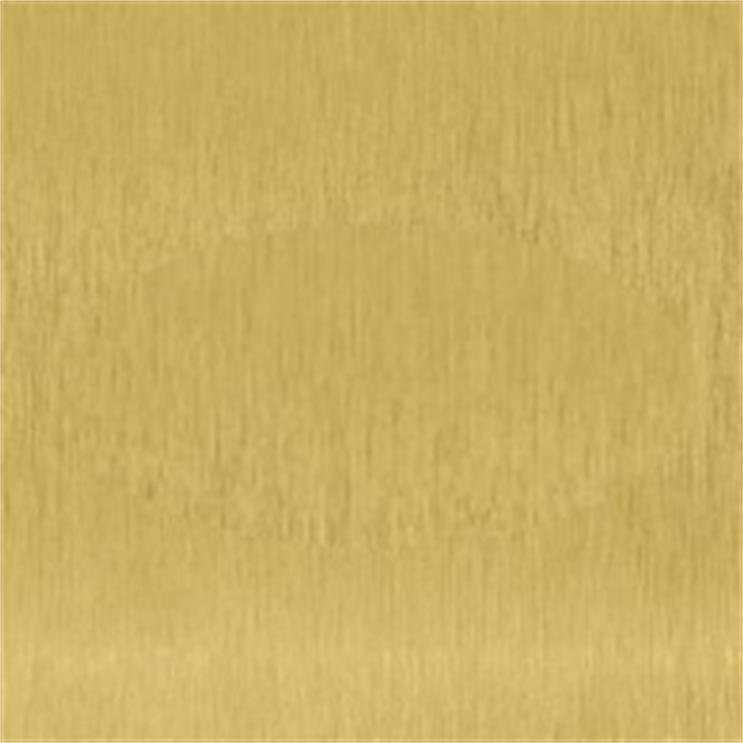
Illustration: Brass Historically, naturally occurring alloys of copper and zinc were first used in China by the fifth millennium BCE. Brass was widely used in Asia by the second and third century BCE, and used in Greece and the Roman Empire by the first century BCE, commonly in the form of coins. Prior to the European discovery of gold and silver in the Americas, brass was also commonly used as a substitute for the more expensive gold in the crafting of beautiful metal objects. Brass was widely used in the making of coins, religious items such as crosses, technical instruments, and musical instruments such as horns and cymbals. Mystical Properties and UsesBrass wands typically incorporate small amounts of brass in the form of settings for compatible (Fire) mystic crystals such as amethyst, black opal with red/oranges flashes, bloodstone, citrine, diamond, rose quartz, or ruby. Occasionally, brass is also found in the form of small focusing rings around the wand’s handle or shaft. Brass has the following mystical properties:
The traditional alchemical symbol for brass has varied widely over time and from country to country. The following is one of the more popular symbols. Notice its close resemblance to the symbol for copper (its primary constituent), which differs from it by having only one bar instead of two. 
Illustration: Alchemical Symbol for Brass ElementalBrass has the elemental Fire because of its warm golden color. Brass wands will work best when focusing fire spells from the following spell sets:
PhaseBrass has the phase Light because it can be polished to a highly reflective shine. Brass wands work best when focusing light spells from the following spell sets:
GendersBrass has the genders Feminine and Masculine, and thus brass wands show no preference for either witches or wizards, being equally good for both. Famous WandsThe following famous wizards had brass in their wands:
Additional Magical UsesIn addition to its use in wands, brass has the following uses:
Bronze WandsBronze wands incorporate the mystical metal bronze, typically a quite small amount in either the end cap or tip of the wand. BronzeBronze is an alloy of approximately 88% copper and 12% tin, although the ratio between the two metals has historically varied greatly, especially during antiquity. 
Illustration: Bronze Historically, bronze was the second major metal mastered by mankind, leading to the Bronze Age (ca. 3300-1300 BCE) that flourished from the end of the copper Age (ca. 4300-3300 BCE) to the beginning of the Iron Age (ca. 1300 BCE – 500 CE). Different parts of the world transitioned between mastery of these metals at different times, and these dates are primarily for Europe and the Middle East. Bronze was widely used in the making of weapons, armor, sculptures, and tools. It is considerably harder than the copper it replaced and even the wrought iron that eventually replaced it as humanities main metal. Mystical Properties and UsesBronze wands typically incorporate small amounts of bronze in the form of settings for compatible (Fire) mystic crystals such as amethyst, black opal with red/oranges flashes, bloodstone, citrine, diamond, rose quartz, or ruby. Occasionally, bronze is also found in the form of small focusing rings around the wand’s handle or shaft. Bronze has the following mystical properties:
The traditional alchemical symbol for bronze is a combination of the symbols for its two constituents: copper (Venus) and tin (Jupiter). 
Illustration: Alchemical Symbol for Bronze ElementalBronze has the elemental Fire because of its warm fiery color. Bronze wands will work best when focusing fire spells from the following spell sets:
PhaseBronze has the phase Light because it can be polished to a highly reflective shine. Bronze work best when focusing light spells from the following spell sets:
Bronze wands also work very well when focusing twilight spells from the following spell set:
GendersBronze has the genders Feminine and Masculine, and thus bronze wands show no preference for either witches or wizards, being equally good for both. Famous WandsThe following famous witches and wizards had bronze in their wands:
Additional Magical UsesIn addition to its use in wands, bronze has the following uses:
Copper WandsCopper wands incorporate the mystical metal copper, typically a quite small amount in either the end cap or tip of the wand. CopperCopper is an actual physical element, one of the first to be discovered in antiquity. It is soft and malleable when pure. It is a reddish-orange color when first exposed, but tarnishes relatively rapidly to a dark brown. When exposed to the elements, it will eventually develop a green layer of verdigris (copper carbonate). Copper is often used to form alloys of tin (bronze) and zinc (brass). 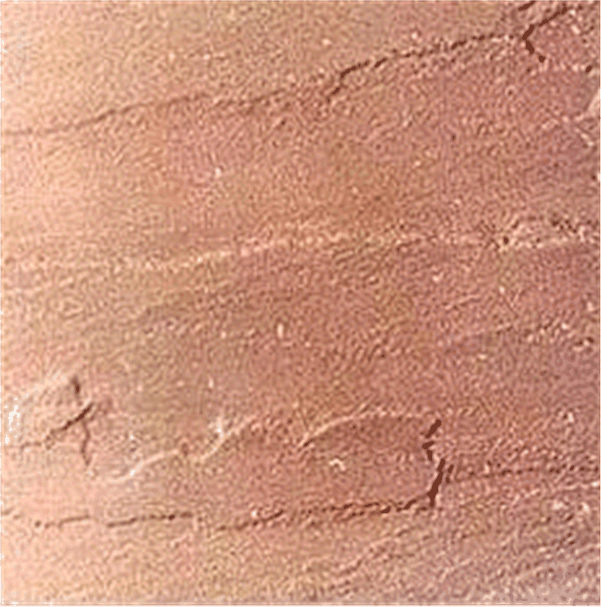
Illustration: Copper Mystical Properties and UsesOccasionally, copper is also found in the form of small focusing rings around the wand’s handle or shaft. Because copper can be found in the form of relatively pure nuggets, it may well be the first metal ever used in wand making. Copper has the following mystical properties:
The alchemical symbol for copper is the looking glass, the symbol for the planet Venus. 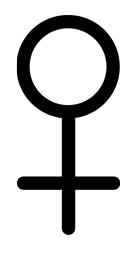
Illustration: Alchemical Symbol for Copper ElementalCopper has the elemental Fire, both because of its color and its excellent ability to conduct energy (e.g., heat and electricity). Copper wands will work best when focusing fire spells from the following spell sets:
PhaseCopper has the phase Light, probably because it can be polished to a highly reflective shine. Copper wands therefore tend to be best at focusing light spells from the following spell sets:
Copper wands also are quite good at focusing twilight spells from the following spell set:
GenderCopper has the gender Feminine (as implied by its alchemical symbol), and copper wands show a very clear preference for witches over wizards. Additional CharacteristicsCopper is often alloyed with gold and silver, typically to increase their strength and harness. For example, 18 carat gold is typically 12.5% copper and sterling silver is typically 7.5% copper. This is why wands that incorporate gold or silver, typically as settings for mystical crystals, also exhibit some of the focusing properties of copper, typically in direct proportion to the percentages of copper present. Famous WandThe following famous witches and wizards had copper in their wands:
Additional Magical UsesIn addition to its use in wands, copper has the following uses:
Gold WandsA gold wand includes some gold, typically in the form of either one or more rings around the handle or as settings for compatible mystic crystals. GoldDiscovered in antiquity, gold is an actual physical element. Gold is quite dense, soft, malleable, and ductile when relatively pure. The color gold is named after the metal. Gold is very valuable so that wands including gold are typically either expensive or contain only small amounts of gold. It will not tarnish and is a good conductor of electricity and heat. 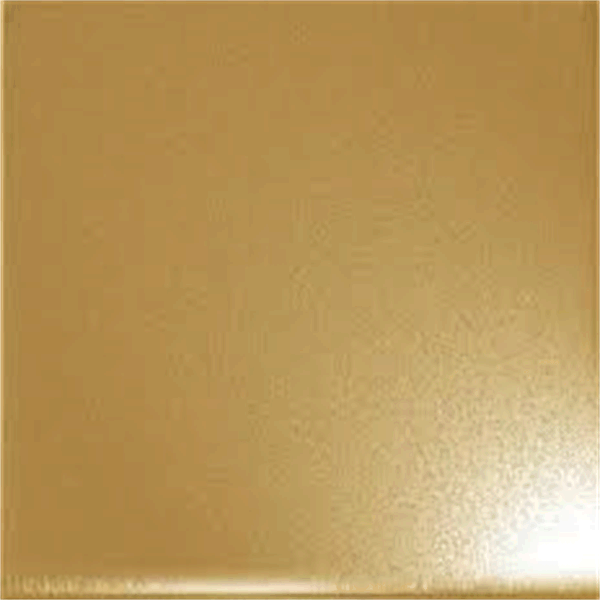
Illustration: Gold Mystical Properties and UsesGold has the following mystical properties:
The alchemical symbol of gold is a circle with a dot in the middle, the symbol for the Sun. 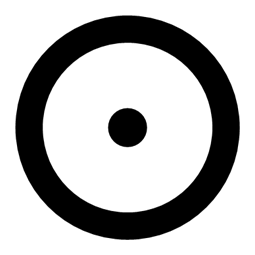
Illustration: Alchemical Symbol for Gold ElementalGold has the elemental Fire, both because of its yellow color and its ability to conduct energy (e.g., heat and electricity). Gold wands therefore tend to be best at focusing fire spells from the following spell sets:
PhaseGold has the phase Light, because of its bright and beautiful yellow color that always shines and never tarnishes. Gold wands therefore tend to be best at focusing light spells from the following spell sets:
GendersGold has the genders Feminine and Masculine, and thus golden wands show no preference for either witches or wizards and focus their spells equally well. Additional CharacteristicsGold alloys well with other metals. Because it is so soft, wand makers (and jewelers for that matter) typically make it harder by alloying it with silver (which makes gold whiter) and copper (which makes gold more reddish). For historical reasons going back to ancient times, gold alloys are not measured in terms of percentage of gold but rather in terms of fractions. For example, 24 carat gold is pure while 18 carat gold is typically 18/24 = 75% gold, 3/24 = 12.5% silver, and 3/24 = 12.5% copper. Wand makers (and jewelers for that matter) always us a gold alloy so that the settings for the mystical crystals are strong enough to hold the crystals securely. This means that gold is a bit like mercury (which is always in the form of an amalgam of multiple metals). Wands having gold will exhibit some of the characteristics of copper and silver and will focus spells and excel and focusing certain categories of spells as if the three metals were used separately. Famous WandsThe following famous witches and wizards had gold in their wands:
Additional Magical UsesIn addition to its use in wands, gold has the following uses:
An interesting characteristic of gold amulets, charms, and talismans is that they are often mistaken for jewelry and can therefore be worn in plain sight when surrounded by mundanes. |
||||||||||||||||||||||||||||||||||||||||||||||